De sphynx en Scottish fold zijn beide het slachtoffer van foute fokpraktijken.
Goed nieuws voor de katten! Er is een wettelijk verbod in de maak op het houden van naaktkatten en katten met gevouwen oren. De ingang van dat verbod staat gepland voor begin 2025.
Wat houdt het verbod in
Het bezit van katten met gevouwen oren zoals de Scottish fold of naaktkatten zoals de sphynx, wordt verboden. Eigenaren die deze katten al bezitten voor het ingaan van de wet, mogen de dieren gewoon houden. Wel moeten ze hun kat laten chippen en mogen de dieren niet meer meedoen aan kattenshows. De aanschaf van een nieuwe kat zonder haar of met gevouwen oren wordt wel verboden. Er komt daarmee dus ook een verbod op het importeren en handelen in deze dieren.
Schadelijke uiterlijke kenmerken
Naaktkatten hebben geen beschermende vacht, hierdoor krijgen ze het snel te warm of te koud en zijn ze vaker ziek. Die vacht speelt ook een belangrijke rol in de communicatie naar andere katten (denk aan de dikke staart van een boze kat). Daarnaast hebben naaktkatten ook geen snor- en tastharen, terwijl die zijn belangrijk zijn voor de waarneming van hun directe omgeving.
De gevouwen oren van de Scottish fold worden veroorzaakt door een erfelijke afwijking van het kraakbeen. Deze pijnlijke aandoening blijft echter niet beperkt tot de oren, maar is terug te vinden in het hele lichaam. Daardoor hebben Scottish folds vaak levenslang pijn aan hun poten, rug en staart.
Waarom is het houdverbod nodig
Het fokken van deze ongezonde dieren is al verboden, maar het invoeren, kopen en verkopen gaat gewoon door. Het houdverbod is noodzakelijk om een einde te maken aan het leed van deze dieren.
Dier&Recht is blij met de aangekondigde wet. De overheid maakt eindelijk werk van dit structurele dierenleed. Het is een goed begin, maar het blijft belangrijk dat er ook een verbod komt op andere schadelijke kenmerken, zoals een te korte snuit of het missen van een staart. Dier&Recht blijft strijden tegen het fokken van ongezonde dieren, doe je mee?
Deze zeven naaktkatten horen er niet te zijn
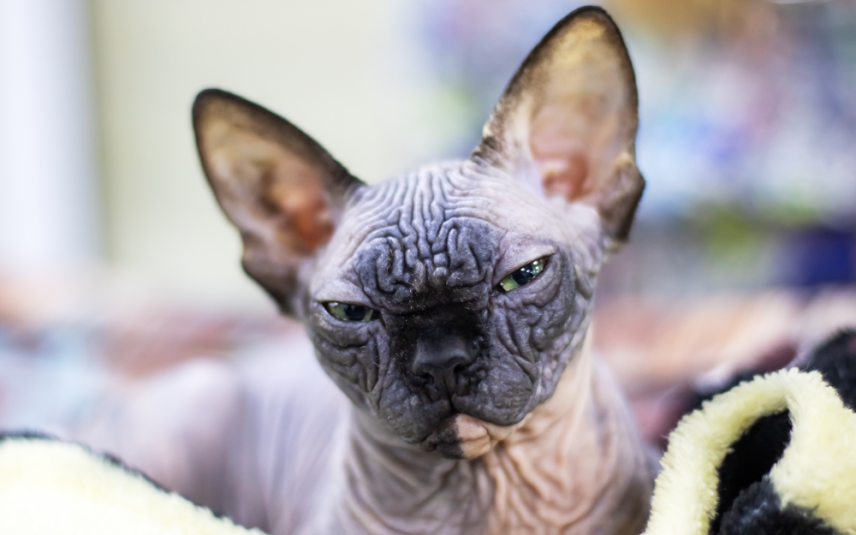
Sinds 2019 kent Nederland duidelijke regels voor het fokken van katten. Fokken met meervoudige erfelijke afwijkingen mag niet. En sinds kort wordt er ook streng gecontroleerd op het fokken van naaktkatten en vouwoorkatten. Het mag niet, maar het gebeurt toch, met pijnlijke gevolgen voor de kat. Weet dus wat je in huis haalt. Onderstaande naaktkattenrassen horen er niet te zijn.
Sphynx
De sphynx vindt zijn oorsprong in Amerika en Canada in de jaren ‘60 en ‘70. Het fokken van naaktkatten bleek bijzonder moeilijk. In de eerste jaren stierven veel kittens aan gezondheidsproblemen. Toch lukte het uiteindelijk om naaktkatten te fokken die in leven bleven.
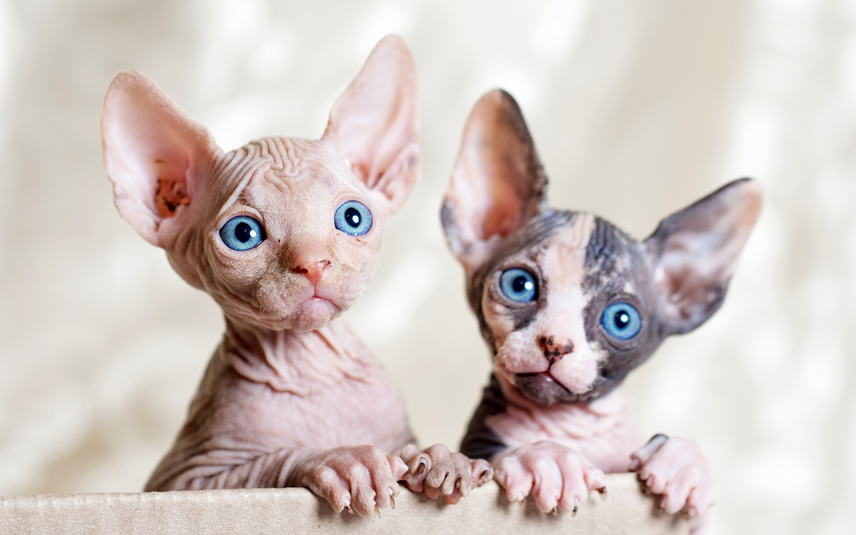
Don sphynx (donskoy)
Dit haarloze ras is ontstaan in 1987 aan de Don in Rusland. Een fokster ontdekte een haarloze kat die niet verwant was aan de sphynx en kruiste deze met een normaal behaarde kater. Qua uiterlijk vertoont de donskoy veel gelijkenis met de sphynx, maar er is een verschil. Terwijl de sphynx een recessief gen voor kaalheid heeft, is het gen voor de haarloosheid van de donskoy dominant. Het zijn dus echt verschillende rassen.
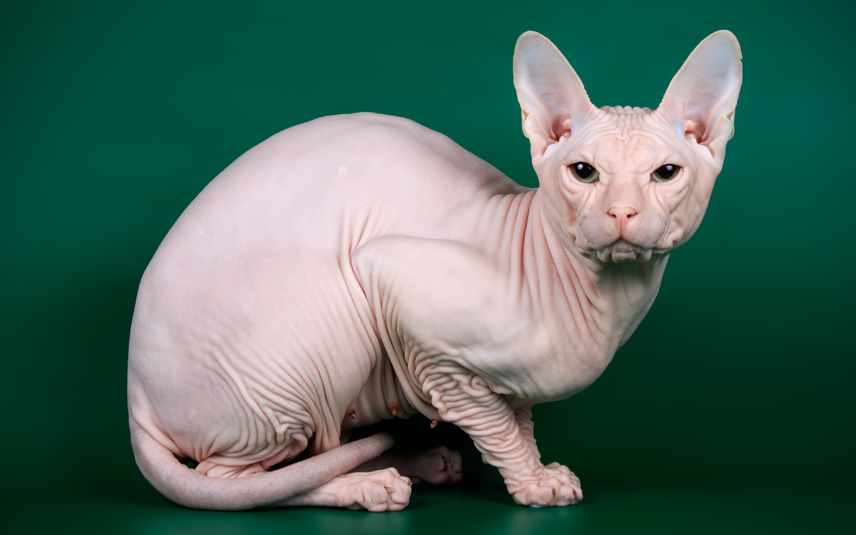
Peterbald
De Peterbald is ontstaan in 1994 in het Russische Sint-Petersburg door het kruisen van de donskoy en de Oosterse korthaar. De meeste Peterbald-katten worden geboren met haar maar verliezen hun vacht in twee jaar. Ze hebben een perzikachtige huid, die verschillende kleuren kan hebben. Met een lange ratachtige staart, zwemvliezen en een lange, smalle kop zien deze katten er heel ongewoon uit.
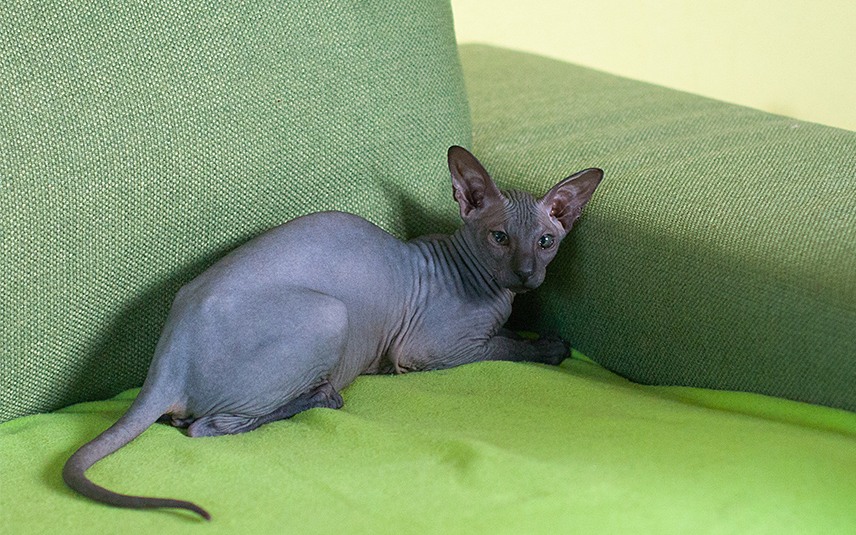
Bambino sphynx of minskin
Nog zieliger dan de gewone naaktkatten zijn naaktkatten waar extra erfelijke gebreken aan zijn toegevoegd. De bambino sphynx (of minskin) is er zo een. Deze kat komt voort uit het kruisen van de munchkin en de sphynx. Van deze beide rassen zijn juist de meest ziekmakende eigenschappen overgenomen: de korte poten van de munchkin en de kaalheid van de sphynx. Deze katten hebben bovenop de problemen van de kaalheid ook nog gewrichtsproblemen.
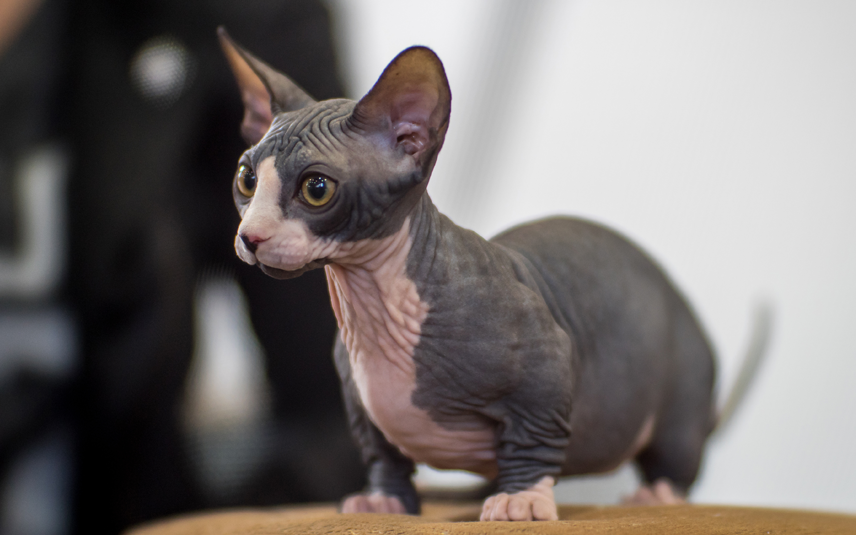
Elf
De elf is een kattenras ontstaan uit het kruisen van de sphynx en de American curl of Amerikaanse kruloorkat, een kat met naar achteren gevouwen oren. De oren kunnen niet normaal bewegen en door de gekrulde stugge vorm hebben veel katten oorproblemen. Dit bovenop de problemen van de naakte huid.
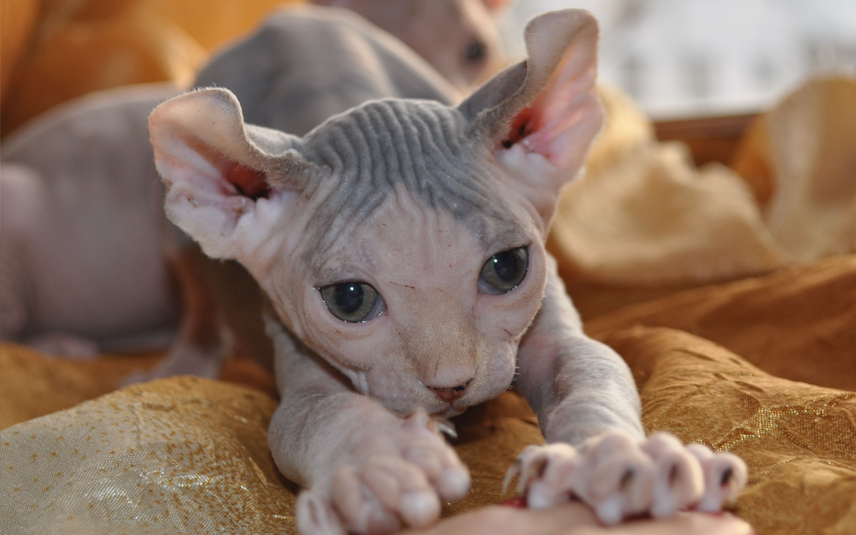
Dwelf
De dwelf krijgt nog een extra handicap mee. Dit ras is een kruising tussen de American curl en de bambino sphynx, die op zijn beurt een kruising tussen de munchkin en de sphynx is. Behalve oorproblemen en huidproblemen heeft de dwelf ook gewrichtsproblemen.
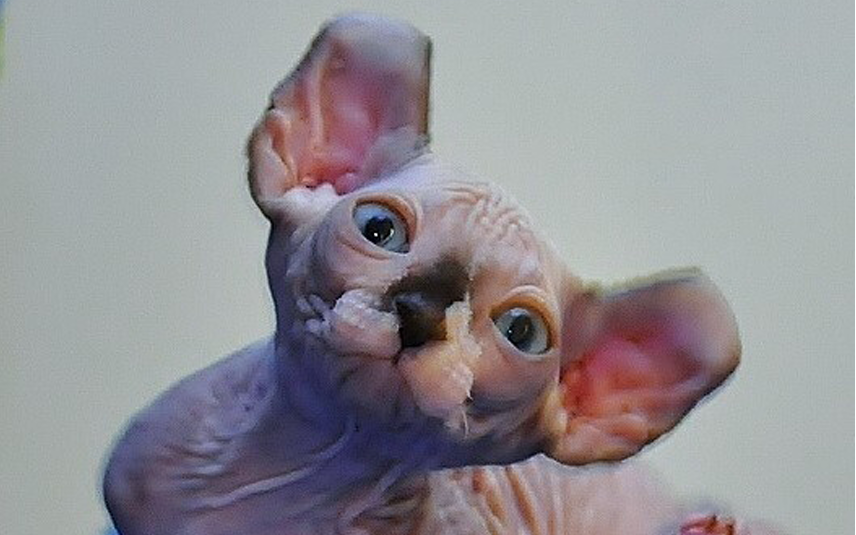
Levkoy
De Oekraïense levkoy is een kruising tussen een vrouwelijke donskoy en een mannelijke Scottish fold. Deze haarloze kat, die sinds 2000 gefokt wordt, heeft de voor een Scottish fold kenmerkende naar binnen gevouwen oren (in het Oekraïens is een levkoy een plant met gevouwen bladeren). Vanwege hun elastische huid hebben ze soms rimpels. De gevouwen oren worden veroorzaakt door een pijnlijke erfelijke kraakbeenziekte. Bovenop de problemen van de kaalheid, geen pretje dus.
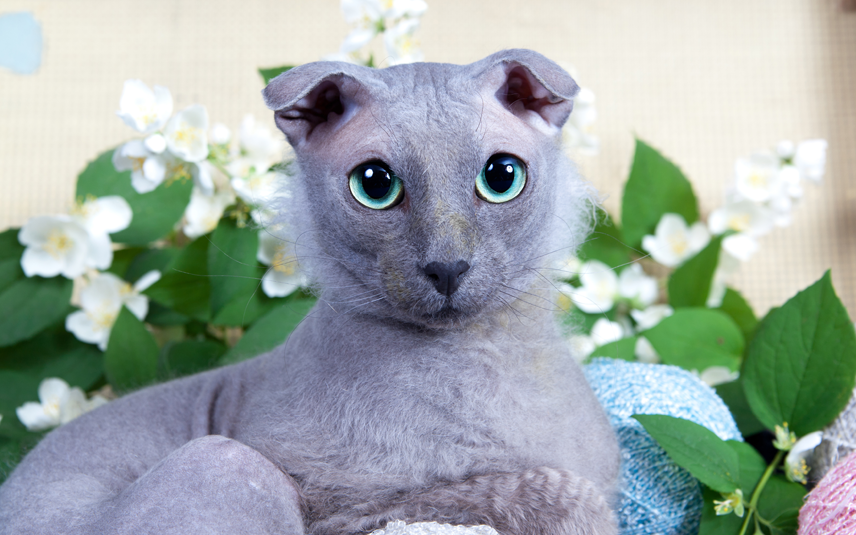
Geef foute fok geen kans
De genoemde katten mogen bijzonder uitziende, sociale en afhankelijke lieverds zijn, hen wacht door erfelijke aandoeningen een leven van weerloos lijden. Koop ze niet, geef foute fok geen kans, geef het goede voorbeeld. Wil je graag een kat in huis, kies er dan eentje uit het asiel. Daar zitten heel veel lieverds op een gezellig thuis te wachten.
.png)





.jpeg)

.jpg)



